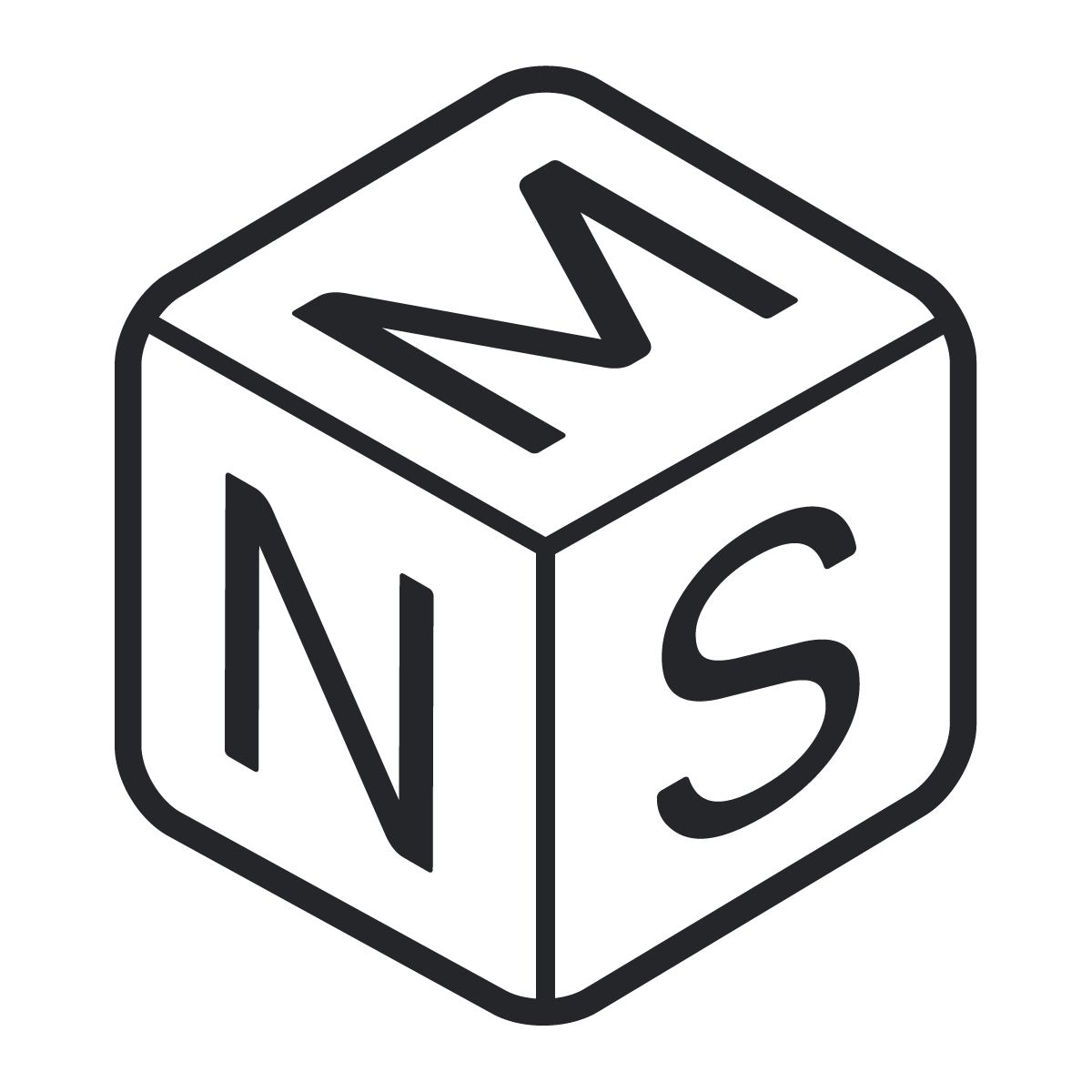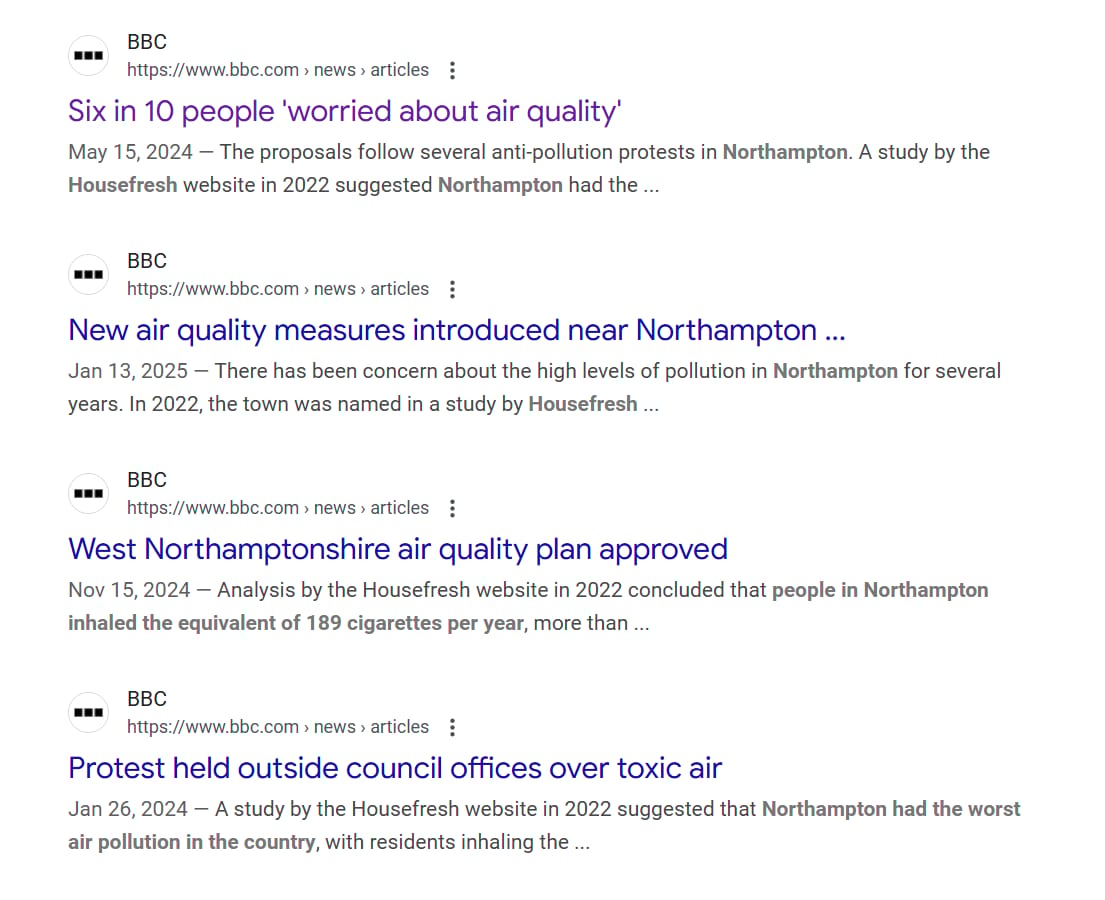
👋 Hello!
Unpacked is a written conversation which covers campaigns, methodologies, and how we approach creativity at NeoMam.
This month we have Creative Director James Barnes and Senior Data Analyst Juan Carlos Sánchez discussing how we use academic sources for PR projects.
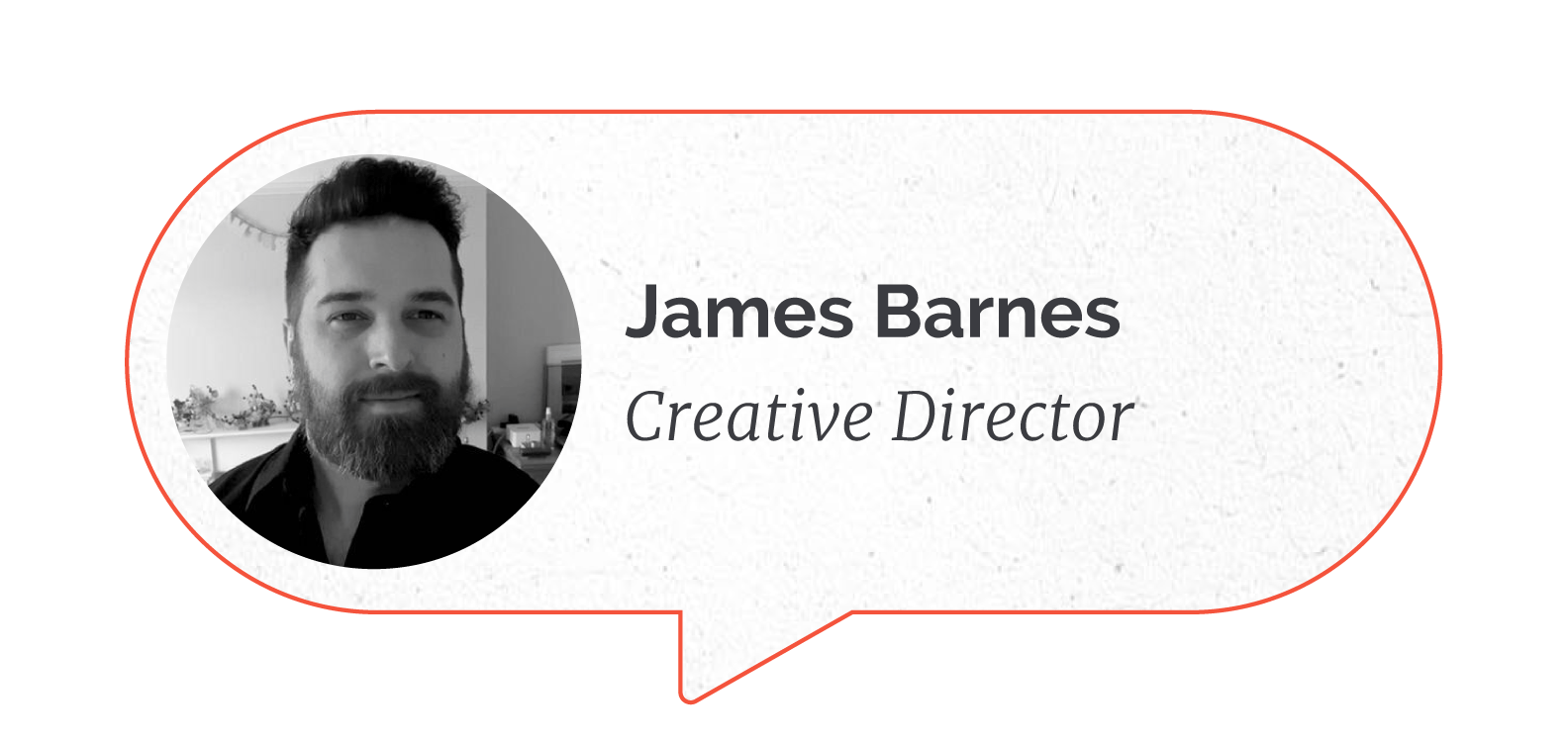
In this month's NeoMam Unpacked, we're going to talk about how we use academia for PR projects. JC, first of all, why do you think academic sources are so untapped?
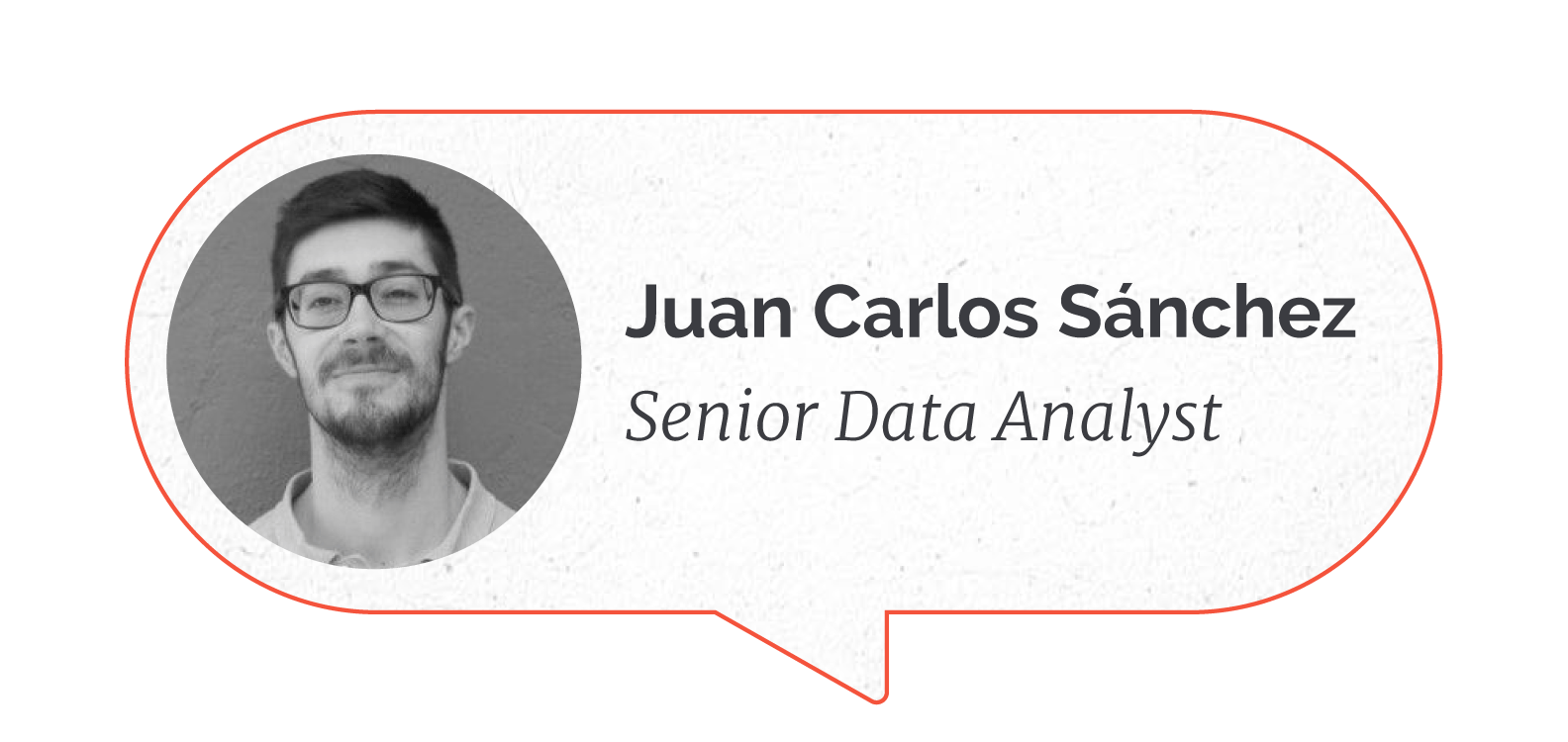
I think it’s because PR professionals are afraid of diving into them. Which is understandable, as these publications are targeted to experts and full of technical jargon. So when they get media coverage their true value is being missed.
JB: Right, and even when journalists themselves cover the research, it's often from a topline perspective that misses the additional value. Whether that's by interpreting it through more of a PR lens or by modifying the data in some way.
For example, we launched a project called ‘The Price of Happiness’ which reframes data from a Purdue University study. This looked at the point in which further salary increases don't result in increased happiness around the world. Top publications cover this on a regular basis. But we found a better way to calculate the values on a country level after looking at the paper.
JC: That's another great reason why academic sources should be more present. In that example, they’d already done the heavy lifting for us. Using an academic paper as the main source for a PR project means that the methodology has already been peer-reviewed by experts in their field. So it is proven to be effective.
This methodology doesn't have to be a complex one either. For example, we worked on a project about the number of cigarettes people smoke indirectly due to pollution. This one came from a Berkeley Earth post where they compared the pollution of Beijing to the number of deaths caused by smoking cigarettes.
So because they had this figure that relates to smoking and the impact on a city, we could take the pollution cigarette equivalents and apply them to other cities around the world.
JB: And it's that level of academic rigour that appeals to high authority publications that might otherwise be hard to secure coverage from. When we applied that methodology to the UK, we discovered Northampton ranks really high in terms of the number of cigarettes indirectly smoked because of pollution, which prompted the BBC to write an article, which led to the council conducting further surveys, which resulted in further BBC coverage. Eventually that led to the introduction of new regulations in the area. That couldn’t have happened if the methodology wasn’t robust, and academic.
JC: It is great to see real world effects coming from a project you've worked on.
JB: Definitely, we often underestimate the effect it can have, and the value that journalists place in a methodology in this clickbait era. For example, within the health space, there's plenty of headlines on the most unhealthy fast food items. An area that directly affects peoples’ lives.
In this domain, there's definitely more of a clamour for well-researched projects, especially if you're operating in a space where you're targeting oversaturated stories. You can differentiate yourself with more novel robust methods. I think that's where academia can help.
JC: Yeah, we found that PR has tons of projects focused on ranking the items based on fat or on calories, when in reality that's not enough to tell whether a food is healthy or unhealthy. You have to consider multiple factors like fat density, if the food is processed or not, and the relative macro and micronutrient counts. It’s in these situations where academic or governmental sources, like the UK health department, for instance, offer a nutrient profile method that solves this problem. Ultimately it is just a simple calculation when you apply their formulas to this case.
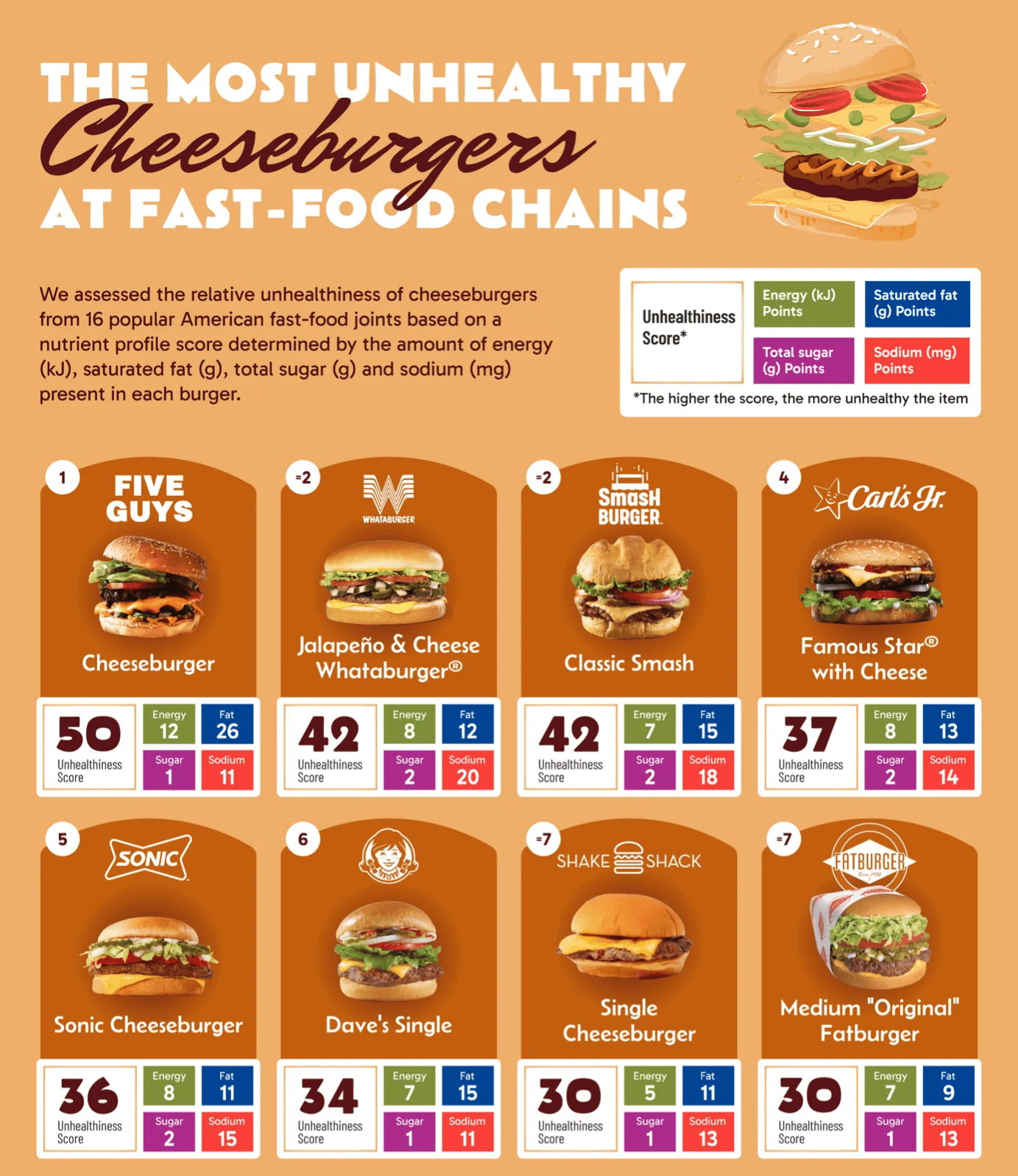
The Most Unhealthy Menu Items at Fast-Food Chains for PlushCare
JB: Do you think that in terms of finding these sources, people are intimidated by the length of these papers?
JC: Perhaps, but the truth is that you only need to understand the basics and how to extract the important bits out of a paper. For me, the first step is always to start with the abstract, which is an executive summary of the purpose of the research, how they carried it out, and what their findings are. From there, if you found something interesting, I would move on to the data visualization on the text that may be graphs, charts, or tables. If something looks interesting there, you can work backwards as you don't really need to understand all the ins and outs of the study yet.
🔍 Where are the best places to find data?
Google Scholar https://scholar.google.com/ - Google product that indexes scholarly articles, theses, books, and conference papers across disciplines.
Connecting Repositories https://core.ac.uk/ - "The world’s largest collection of open access research papers".
Connected Papers https://www.connectedpapers.com/ - Finds cited and connected papers to any that you search.
JB: I’m the same, the data viz is the first thing I'll look for after looking at the abstract. They serve as stepping stones for further elements to explore. In the case of the price of happiness study, the first table revealed the regional prices of happiness, which is what initially piqued my interest. Only then did I take a further look at the technical details of the method, which revealed the possibility of engineering a new national angle. It’s always worth proactively searching in places like Google Scholar when ideating for a client using relevant terms.
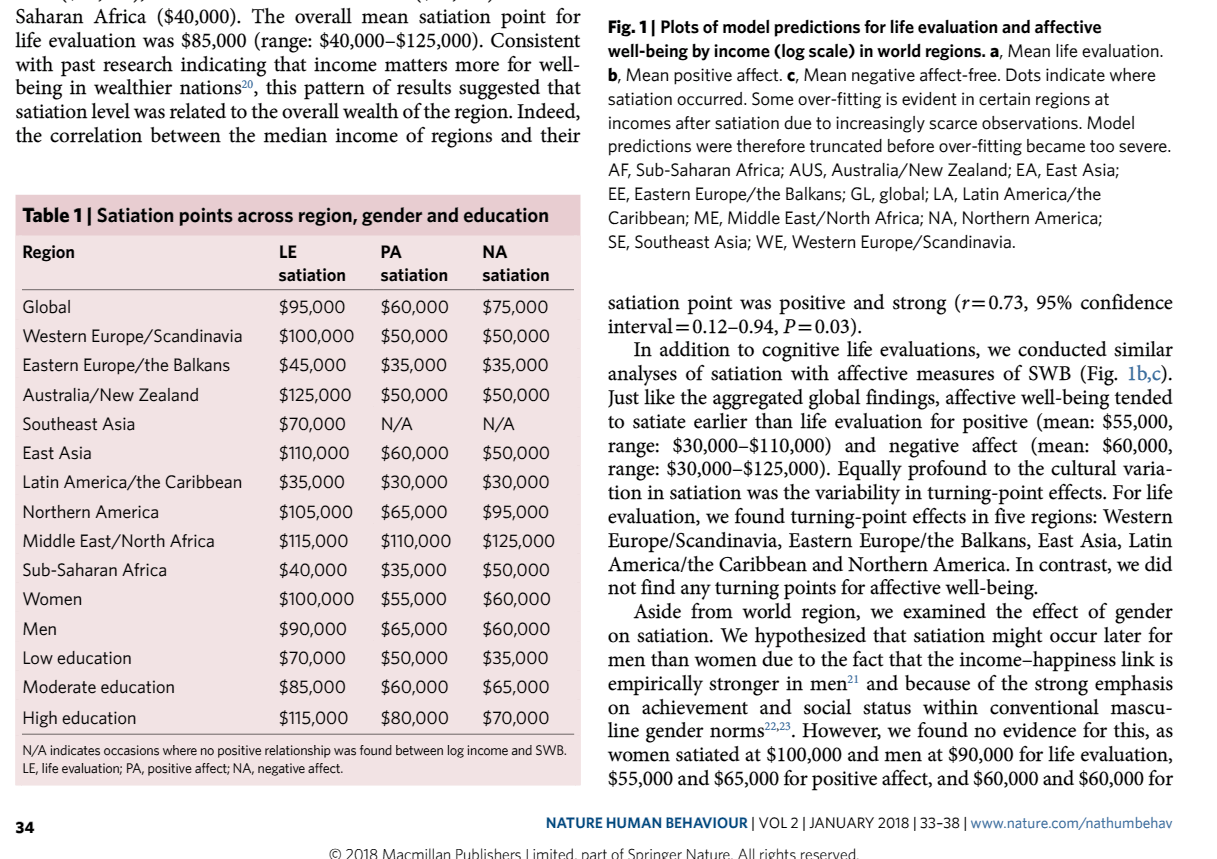
Nature Human Behaviour, Vol 2, January 2018
JC: Or even in articles themselves.
JB: Yeah, for example, Gisele once found an article in the Washington Post that explored the energy consumption of Large Language Models. We took this data and extrapolated this out for ChatGPT globally, to see the overall environmental impact within a year.
JC: It’s always important to remember that academic level research is not confined to journals. I'm sure that most PR professionals are familiar with research from different governmental sources such as the US census. These sources of data are subject to similar standards of academic rigor as reviewed journals. And these types of organizations offer data for multiple topics and data resources that can be explored. Even if sometimes they hide the data behind old fashioned design.
JB: If you can get through that, you’ll be fine! The important thing to remember is there's definitely more of a clamor for well-researched projects, especially if you're operating in a space where you're targeting oversaturated headlines. You can differentiate yourself with more novel robust methods. Which is where academia can help.
With journalists and PRs relationships struggling under the weight of fake experts, AI, and weak studies. Using academic expertise ensures you're providing a good methodology. And if you need help, reach out to me or JC!
JC: Any time!
☑️ Thank you for reading!
If you have any questions on campaigns, Digital PR, or using academic sources, please reach out at [email protected] or go through the contact box on the website.
